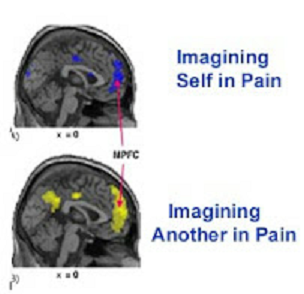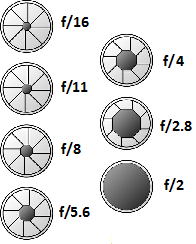19 Jun Did You Change Your Mind?
Change is a Constant
 There is a beautiful song from the by the Rascals that asks: “In a world that’s constantly changing, how can I be sure?” When confronted with the dirty little uncertainties that swirl around everyday life and interpersonal relations, anyone’s mind may experience turmoil. How do we resolve it? What mental processes keep us from perpetual bewilderment and enable us to accept assumptions that enable us to confidently act? How do we sort out the endless opportunities to adapt and change directions, and purposefully change our behaviors (our minds?) only in those ways consistent with our long-term personal objectives.
There is a beautiful song from the by the Rascals that asks: “In a world that’s constantly changing, how can I be sure?” When confronted with the dirty little uncertainties that swirl around everyday life and interpersonal relations, anyone’s mind may experience turmoil. How do we resolve it? What mental processes keep us from perpetual bewilderment and enable us to accept assumptions that enable us to confidently act? How do we sort out the endless opportunities to adapt and change directions, and purposefully change our behaviors (our minds?) only in those ways consistent with our long-term personal objectives.
Ralph Waldo Emerson addressed the fact of constant change as a personal challenge: “To be yourself in a world that is constantly trying to make you something else is the greatest accomplishment.” But this brings up the massive ambiguity of the expression “to be yourself.” Is anyone an unchanging self? Might people who change too much be considered unstable? How do we deal with all the noise?
Today’s post is not about teaching computers to perform brain tasks, but more about human adaptation and change in a dirty, noisy world. I’m thinking about some of the more complex brain tasks that may never be within the realm of cybernetic possibility, but that are germane to understanding context.
| Understanding Context Cross-Reference |
|---|
| Click on these Links to other posts and glossary/bibliography references |
|
|
|
| Prior Post | Next Post |
| To Choose or not to Choose | Allusion of Clarity |
| Definitions | References |
| gamma oscillations | Sunflower's Mom on Empathy |
| consciousness | Richard Davidson – Neuroscience |
| affective neuroscience | perceptiveness mind |

Is it possible to teach an old dogs new tricks? At what age can we no longer learn and change our minds? I heard Richard Davidson in a recent interview on onbeing.org discuss the plasticity of the brain, and our ability to learn and change the way we think. His work in contemplative neuroscience or affective neuroscience has shown that gamma oscillations increase in those who are more introspective or spend more time in deep contemplation. The outcome is that these people have a deeper clarity of thought, perhaps even expanded consciousness.
In photography, the width of the aperture and duration of exposure governs the quality of the imprint. In the presence of low light, you need more of one or both to get a clear photo. I believe the brain is that way too.
Contemplative or Affective Neuroscience
Contemplative neuroscience describes multiple forms of meditation that either increase, or at least utilize the plasticity of the brain. The Christian doctrine of forgiveness through repentance describes the plasticity of “being” itself: “Wherefore, whoever is in Christ is a new creature” (2 Corinthians 5:17). As an act of will, in this doctrine, people can remake themselves – change their minds. Many religious traditions describe similar doctrines producing results that impact the behavior and the character of their adherents.
 Back to the photography metaphor: self-awareness, sound awareness (attention), environmental awareness… could be emergent expressions of the cognitive properties of reflectiveness and perceptiveness. Some people have more than increased awareness – they have a fire. These deep convictions, that often lead to committed action, become distinguishing character traits that bring vibrant color to the tapestry of humanity.
Back to the photography metaphor: self-awareness, sound awareness (attention), environmental awareness… could be emergent expressions of the cognitive properties of reflectiveness and perceptiveness. Some people have more than increased awareness – they have a fire. These deep convictions, that often lead to committed action, become distinguishing character traits that bring vibrant color to the tapestry of humanity.
Davidson talks about introspection and contemplation. But much of learning demands us to look outward – observe and interact with others. Some of the most rewarding learning is when we learn to empathize with others and honor their differences.
We learn whether we want to or not. I believe it is good to choose to “invest in” specific opportunities for learning rather than other possible more passive approaches. We change whether we want to or not. Humans are not capable of remaining the same for more than a split second. Many of the changes, however, are meaningless. Meaningful positive change requires effort.
Will some machine like Hal9000 or the Terminator ever be capable of meaningful positive change? On a micro-scale, I think so. Consequently, as we build machines with minds of their own, we need to build in controls that give them positive adaptability without letting them run amok.
| Click below to look in each Understanding Context section |
|---|









The thing about the question of “¿what does it mean to be yourself?” that really gets to me is how we adapt and how much adaption is really for the better and not for the worse.